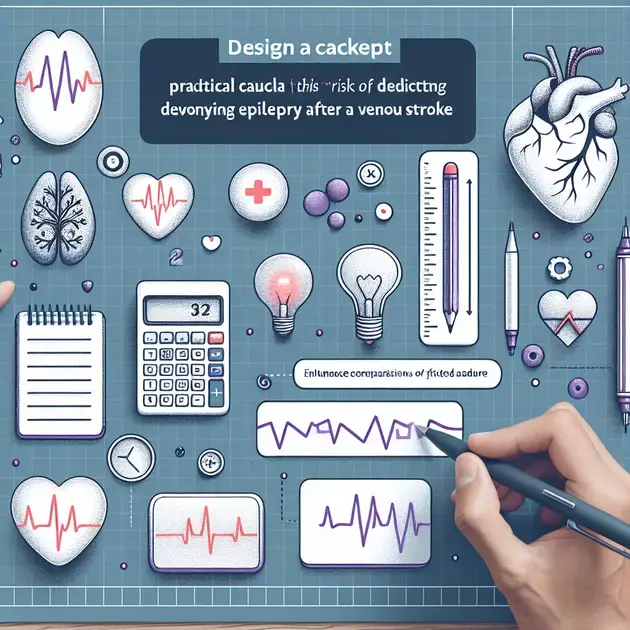The calculator takes into account various factors, such as age, gender, and the location of the blood clot, to generate a predictive score for the risk of epilepsy. This score enables healthcare professionals to tailor treatment plans and interventions specific to each patient, providing personalized care and support.
A venous stroke, also known as cerebral venous thrombosis, occurs when a blood clot forms in the veins that drain blood from the brain. This can lead to impaired blood flow and potential damage to surrounding brain tissue. While less common compared to arterial strokes, venous strokes can have significant implications for patients, particularly in terms of long-term neurological health.
Epilepsy is a neurological disorder characterized by recurrent seizures, and it can develop as a result of brain injuries or abnormalities, such as strokes. By accurately assessing the likelihood of epilepsy development following a venous stroke, healthcare professionals can initiate interventions and preventative measures earlier.
The implementation of this practical calculator is a significant step forward in the field of stroke management. Medical professionals can identify patients with a higher probability of developing epilepsy after a venous stroke, allowing for the prescription of appropriate antiepileptic medications, close monitoring of neurological status, and the provision of necessary resources for ongoing epilepsy management.
Although the full details and methodologies of the calculator are currently not available, the importance of this innovation is evident. Accurately predicting the risk of epilepsy post-venous stroke allows healthcare providers to work towards better outcomes and improved quality of life for young adults affected by this condition.
In conclusion, the development of a practical calculator to predict the risk of epilepsy following a venous stroke has the potential to significantly enhance the care provided to predominantly young adult patients. By implementing this tool, healthcare professionals can individualize treatment plans, initiate necessary interventions, and ultimately improve the long-term outcomes for those affected by venous stroke-associated epilepsy. Continued research and advancements in stroke management are crucial to further refine and validate this calculator, benefiting patients and healthcare systems worldwide.
